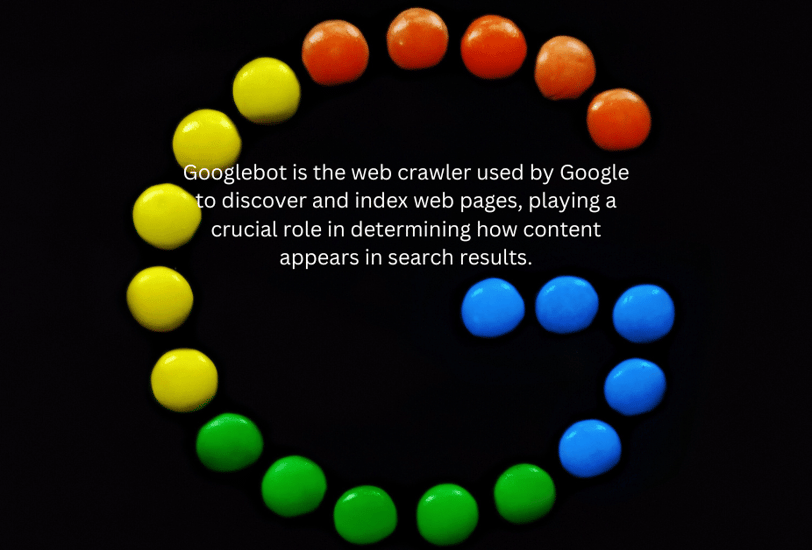Understanding Googlebot: The Web Crawler Behind Search Indexing
Explore the role of Googlebot in indexing web content and shaping search results. Gain insights into Googlebot's functionalities, optimization strategies, and implications for SEO practices.
3/4/20242 min read


Unveiling the Mystery of Google's Web Crawler
Googlebot, often envisioned as a diligent robot scouring the internet for information, is the backbone of Google's search indexing system. Despite its mechanical nature, Googlebot plays a pivotal role in discovering, indexing, and ranking web pages. Let's embark on a journey to unravel the intricacies of this digital crawler and understand its significance in the online ecosystem.
Decoding Web Crawlers
A web crawler, also known as a spider or bot, operates autonomously to navigate the vast landscape of the internet, meticulously cataloging web pages and their content. Googlebot, as Google's proprietary web crawler, undertakes the monumental task of exploring websites, retrieving data, and indexing it within Google's database.
Googlebot's Mission
At its core, Googlebot's mission is twofold: to discover new content and to update existing content. By traversing the interconnected web of links, Googlebot identifies fresh web pages, evaluates their relevance and quality, and adds them to Google's index. Moreover, it revisits previously indexed pages to detect updates, changes, or broken links, ensuring the accuracy and currency of search results.
The Mechanism of Googlebot
Googlebot operates on a sophisticated algorithmic framework, leveraging sitemaps and historical link data to navigate the web intelligently. When encountering new links, Googlebot dynamically updates its crawl queue, prioritizing pages based on various factors like relevance, popularity, and recency. This iterative process enables Googlebot to maintain a comprehensive index of the web's ever-evolving content landscape.
Diverse Functionality of Web Crawlers
Beyond Googlebot, an array of specialized crawlers cater to specific domains and functionalities. From AdSense and AdsBot ensuring ad quality to Googlebot Video and Googlebot Images indexing multimedia content, each crawler serves a distinct purpose in enriching Google's search experience. Understanding the nuances of these crawlers empowers webmasters to optimize their content for diverse search contexts.
Q&A Section
Q1: How does Googlebot influence website visibility?
A1: Googlebot's indexing process determines a website's visibility in Google search results. Websites effectively crawled and indexed by Googlebot are more likely to appear in search results, driving organic traffic and enhancing online visibility.
Q2: What steps can webmasters take to optimize for Googlebot?
A2: Webmasters can optimize for Googlebot by ensuring crawlability, fixing crawl errors, and prioritizing user-centric design and content. Leveraging tools like Google Search Console and implementing best practices in site architecture and navigation facilitates efficient crawling and indexing by Googlebot.
Q3: How does Googlebot contribute to SEO strategies?
A3: Googlebot's activities directly impact SEO strategies by influencing website discoverability, indexing, and ranking. By aligning SEO efforts with Googlebot's guidelines and preferences, webmasters can enhance their site's search visibility and user experience, driving sustainable organic traffic and engagement.
